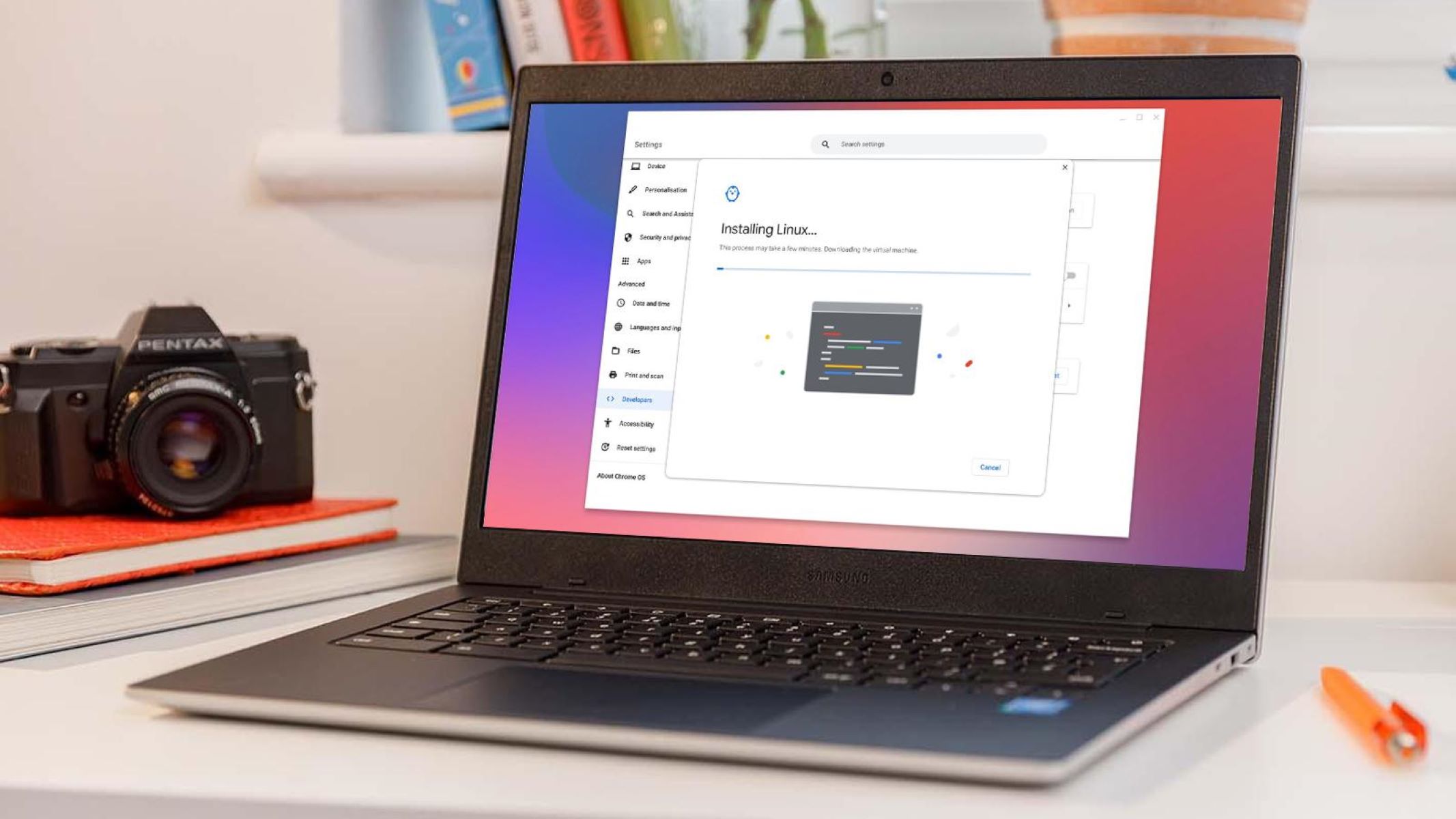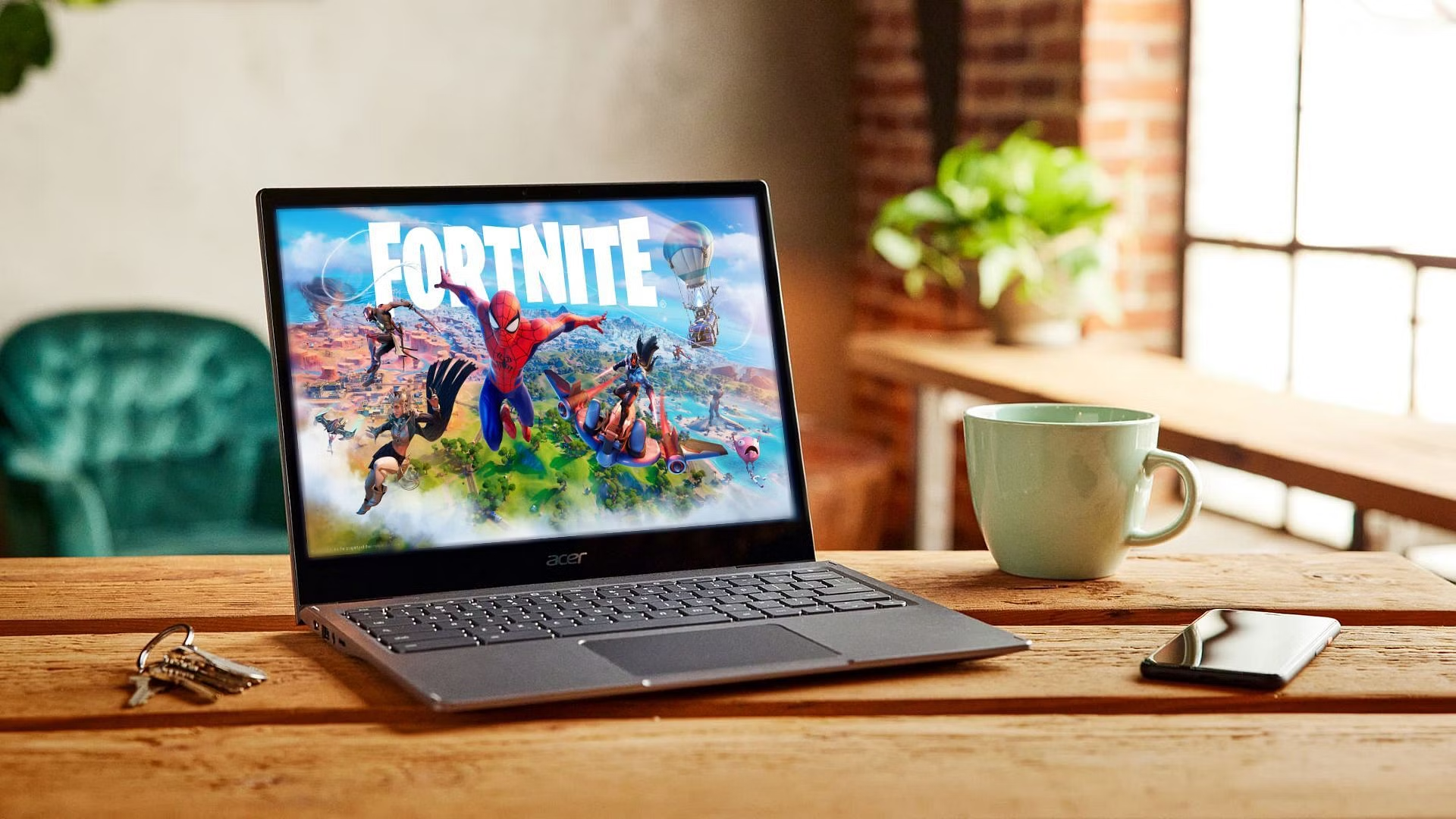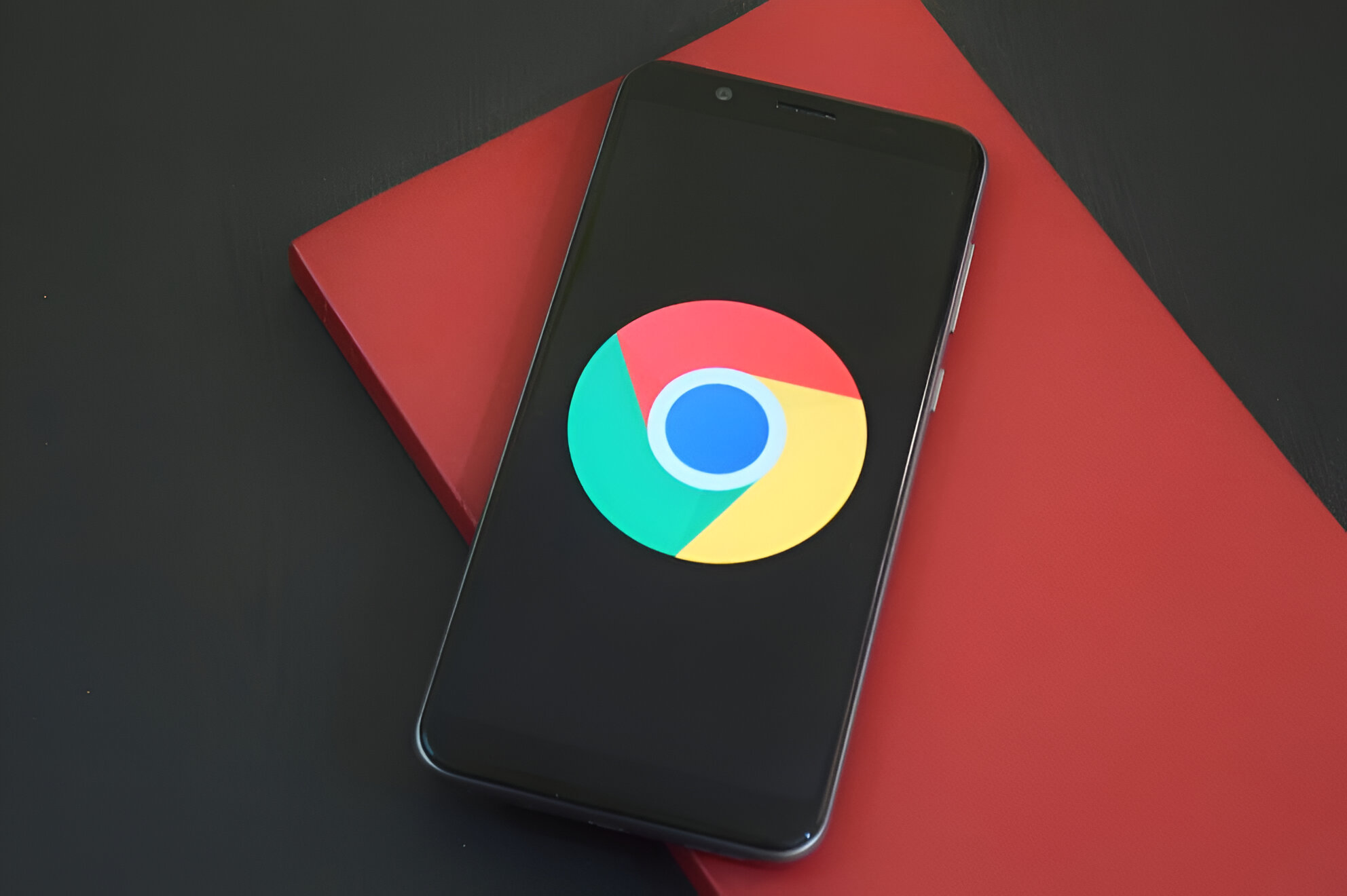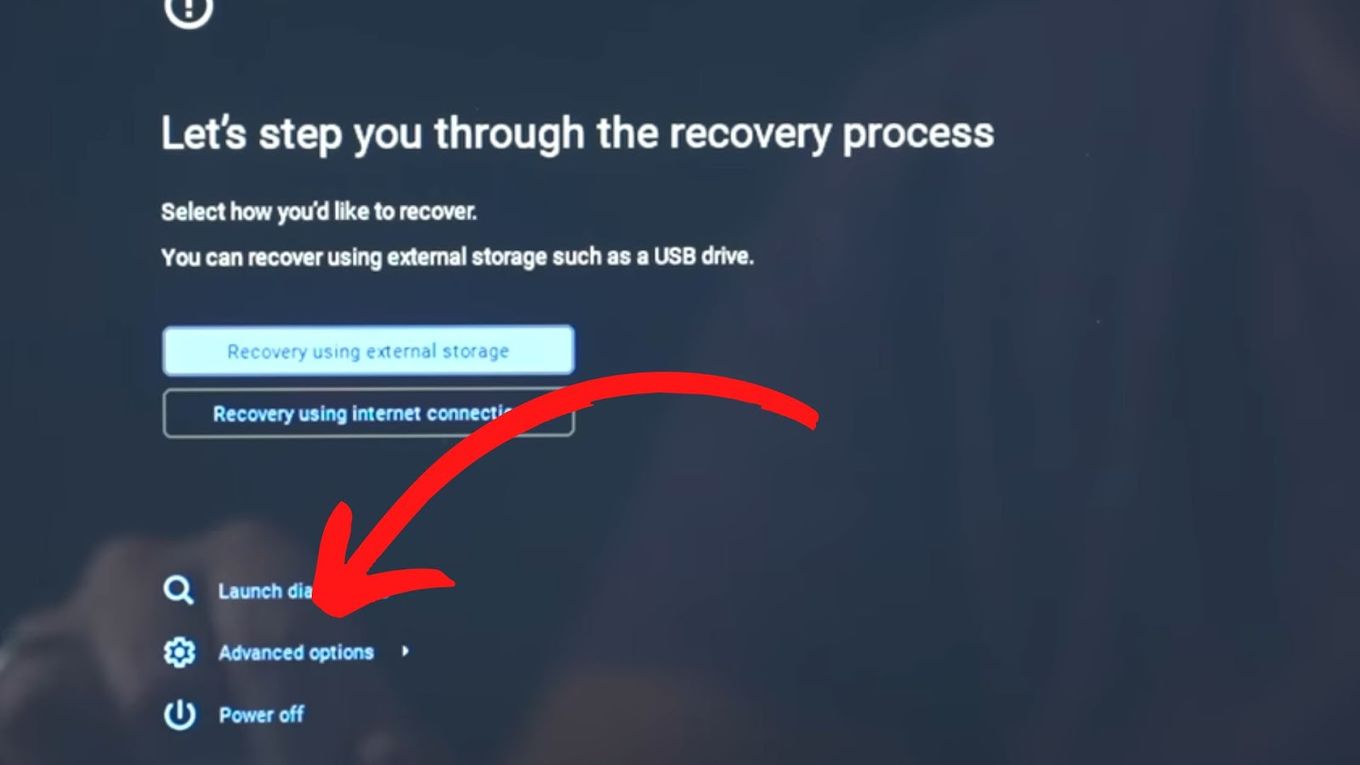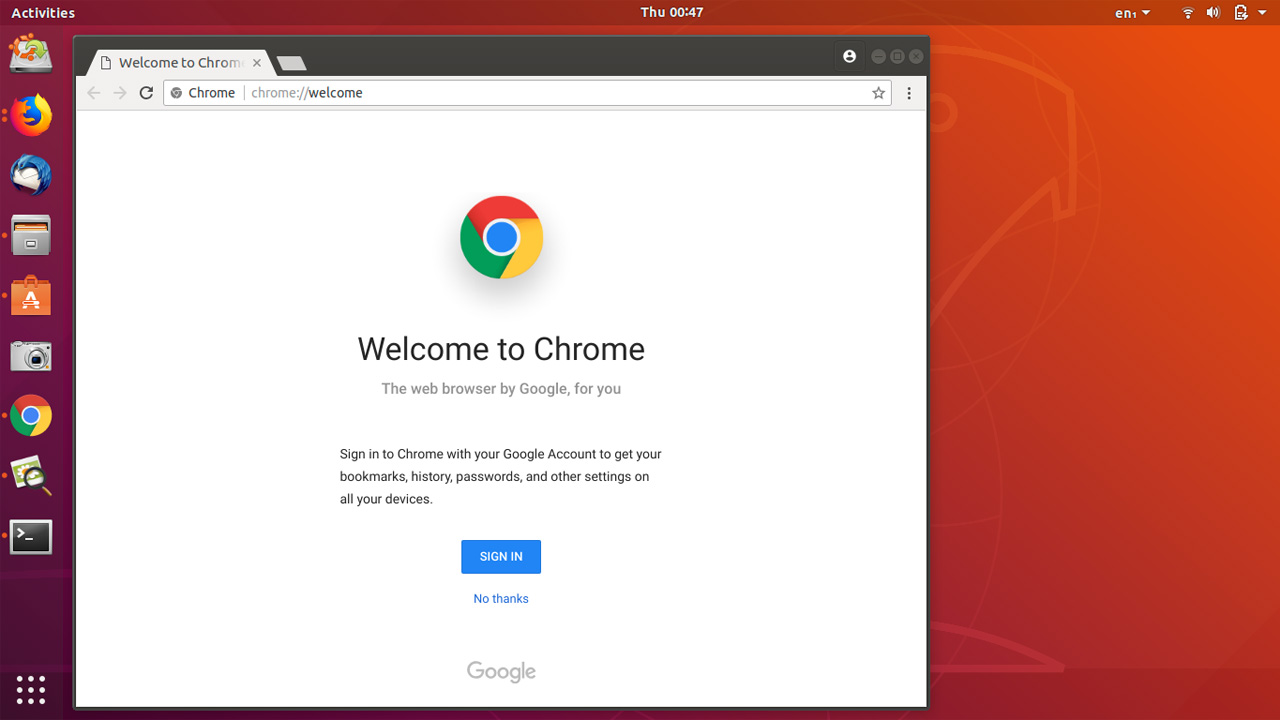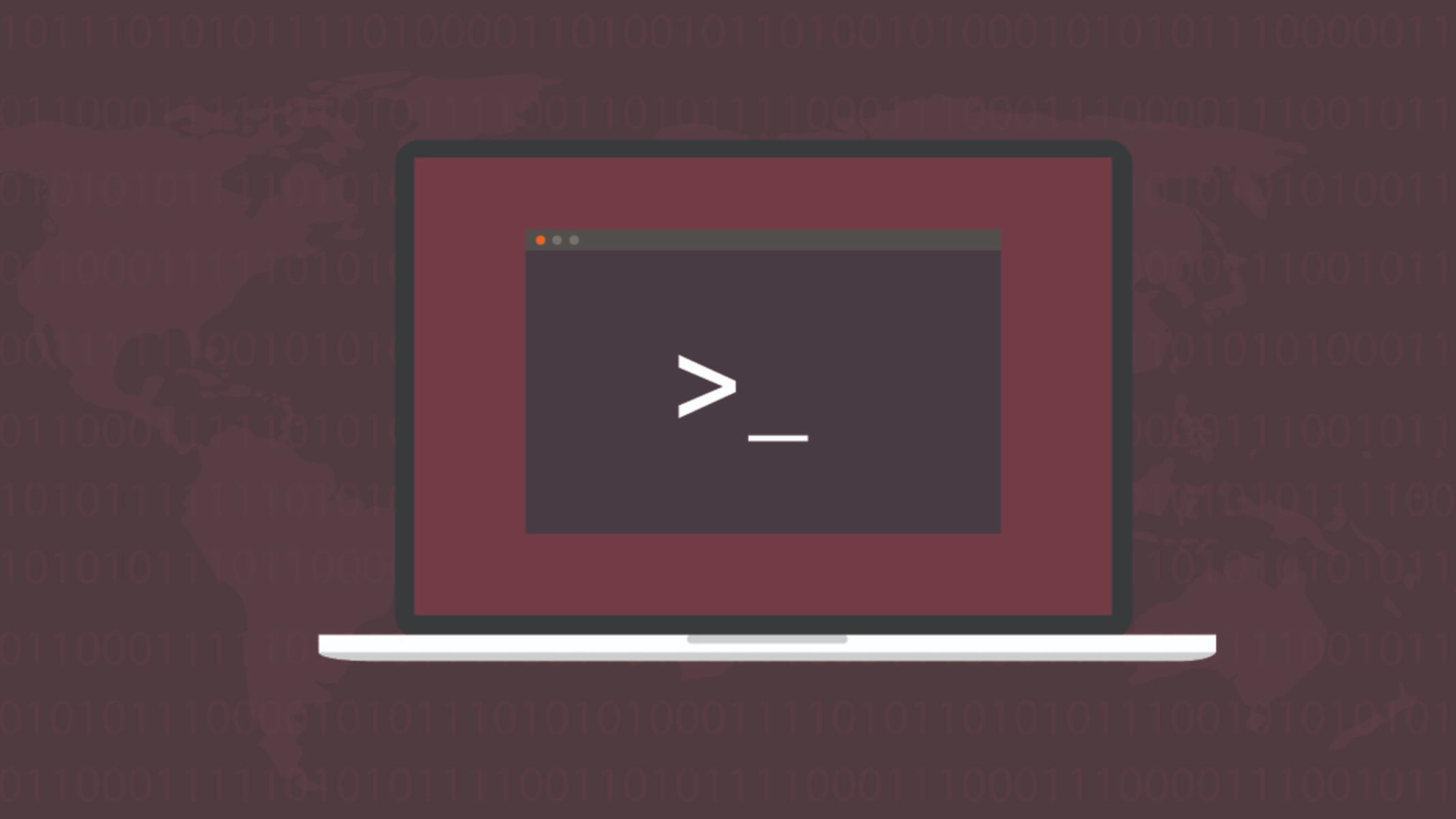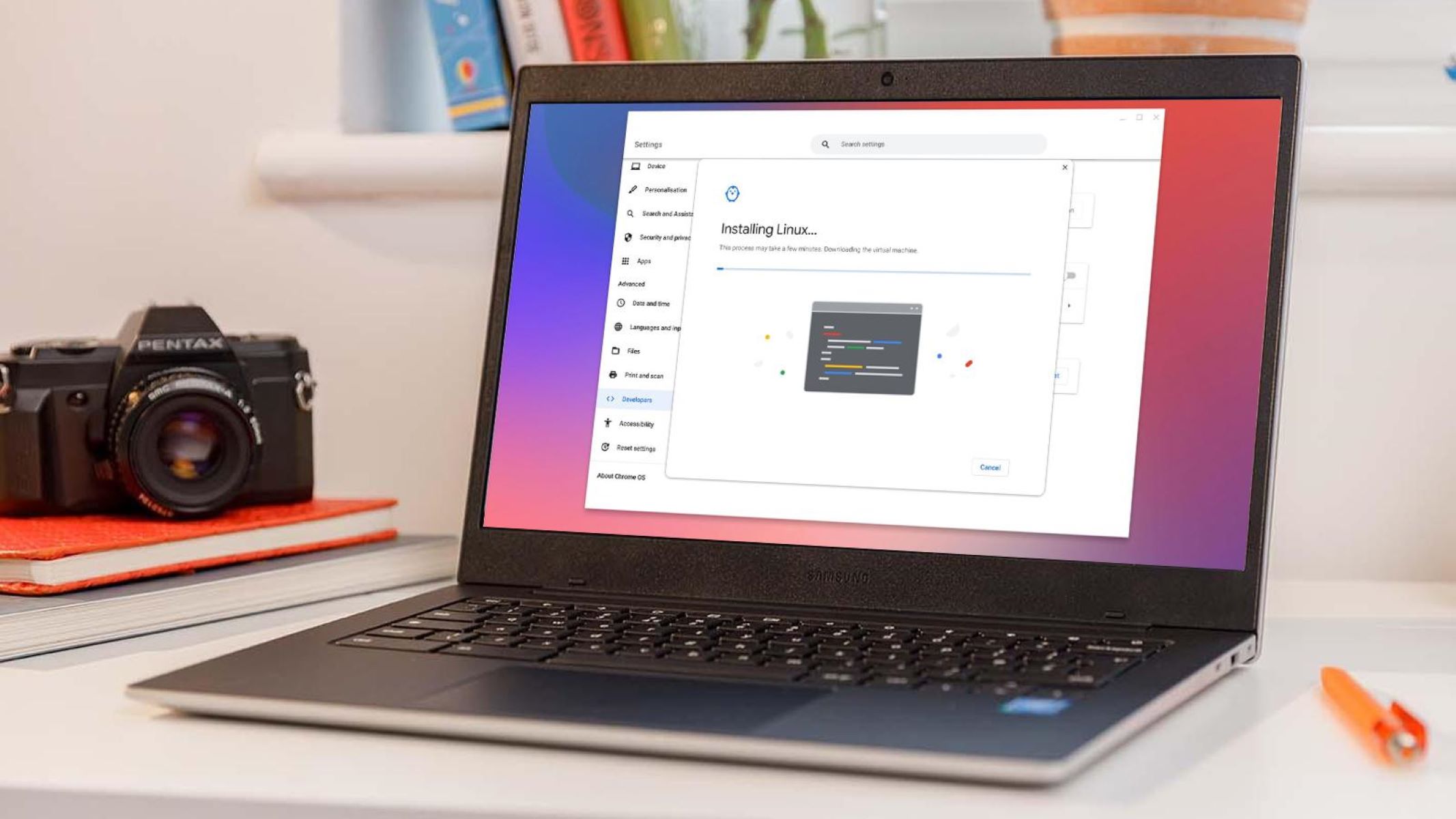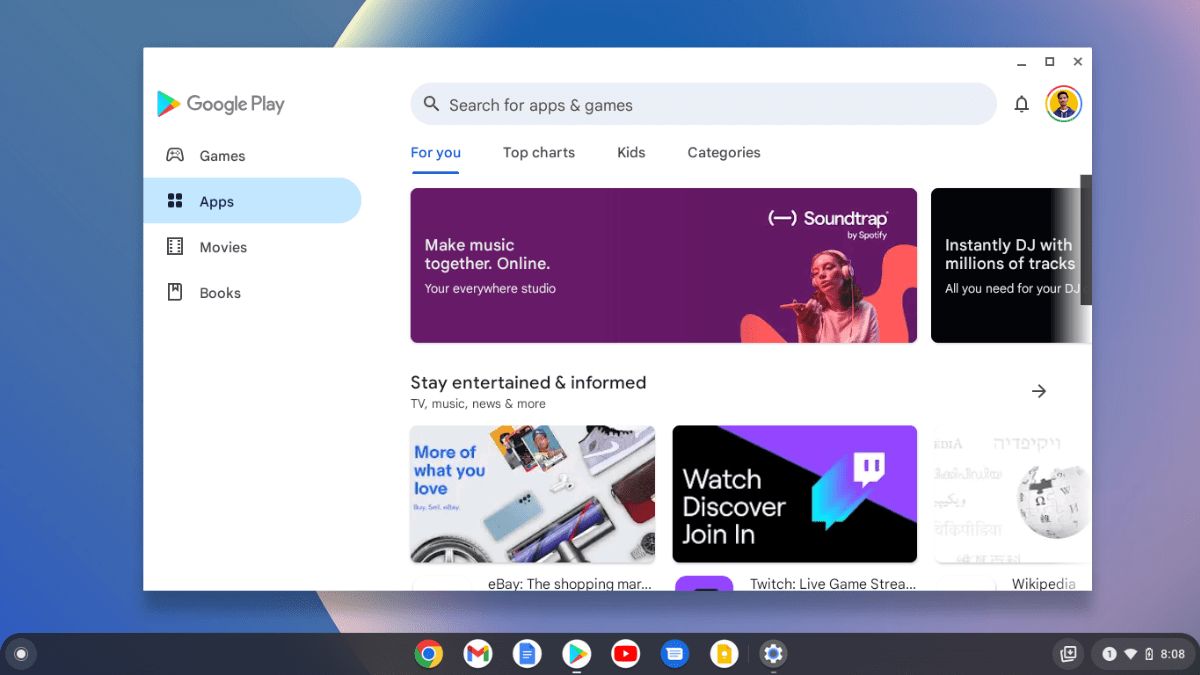Introduction
Google Chrome is one of the most popular web browsers in the world, known for its speed, simplicity, and user-friendly interface. It offers a seamless browsing experience and a wide range of features that cater to the diverse needs of users. While Debian comes with its own default web browser, installing Chrome on Debian can provide access to a plethora of extensions, advanced syncing capabilities, and a robust ecosystem of web applications.
By installing Chrome on Debian, users can benefit from its efficient tab management, built-in Google Translate functionality, and the ability to customize the browser with various themes and extensions. Additionally, Chrome's seamless integration with Google services such as Gmail, Google Drive, and Google Calendar makes it a compelling choice for Debian users who rely on these platforms for their daily tasks.
In this guide, we will walk you through the step-by-step process of installing Google Chrome on Debian, enabling you to harness the full potential of this versatile web browser on your Debian-based system. Whether you are a casual internet user, a developer, or a business professional, having Chrome at your fingertips can significantly enhance your browsing experience and productivity.
So, let's dive into the installation process and unlock the myriad benefits that Google Chrome has to offer on your Debian system.
Step 1: Update Your System
Before installing Google Chrome on your Debian system, it is essential to ensure that your system is up to date. Updating your system will not only provide you with the latest security patches and bug fixes but also ensure compatibility with the latest software packages.
To begin the update process, open the terminal on your Debian system. You can do this by clicking on the Activities menu in the top-left corner of the screen and typing "terminal" in the search bar. Once the terminal icon appears, click on it to launch the terminal.
Next, you will need to execute the following commands in the terminal to update your system:
-
Update Package Lists: Enter the following command to update the package lists from the repositories:
bash
sudo apt updateThis command instructs the system to fetch the latest information about available packages from the repositories.
-
Upgrade Installed Packages: After updating the package lists, you can proceed to upgrade the installed packages to their latest versions by running the following command:
bash
sudo apt upgradeWhen prompted, type "y" and press Enter to confirm the upgrade process. This command will download and install the latest versions of the packages on your system.
-
Reboot Your System: Once the upgrade process is complete, it is advisable to reboot your system to ensure that any kernel updates or system modifications take effect. You can reboot your system by entering the following command:
bash
sudo rebootAfter the system reboots, you will have successfully updated your Debian system, ensuring that it is equipped with the latest software updates and enhancements.
By following these steps to update your system, you have laid a solid foundation for the installation of Google Chrome on your Debian system. With an updated system, you can proceed to download and install Google Chrome, knowing that your Debian environment is primed for a seamless and efficient browsing experience.
Step 2: Download the Chrome Package
Once your Debian system is updated, the next step is to download the Google Chrome package. Google provides an official repository for Chrome, making the installation process straightforward and reliable. Here's how you can download the Chrome package onto your Debian system:
-
Open a Web Browser: Launch the default web browser on your Debian system. You can typically find the browser icon in the application menu or taskbar. Click on the browser icon to open the web browser.
-
Navigate to the Chrome Download Page: In the address bar of the web browser, type "Google Chrome download" and press Enter. This will display the official Google Chrome download page as the top search result. Click on the search result to access the download page.
-
Select Your Package: On the Google Chrome download page, the website will automatically detect your operating system. Since you are using Debian, the website should recognize this and offer you the option to download the Debian package. Look for the "Download Chrome" button or a similar call-to-action that specifically mentions Debian.
-
Accept Terms and Conditions: Before initiating the download, you may be prompted to review and accept Google's terms and conditions. Ensure that you comply with the terms of service and any other relevant agreements before proceeding with the download.
-
Initiate the Download: Click on the download button to initiate the download process. Depending on your web browser settings, you may be prompted to specify a download location or the browser may automatically save the file to a default location on your system.
-
Verify the Download: Once the download is complete, it is advisable to verify the integrity of the downloaded package. You can do this by checking the file's checksum against the official checksum provided by Google. While this step is optional, it adds an extra layer of security by ensuring that the downloaded package has not been tampered with.
By following these steps, you can successfully download the Google Chrome package onto your Debian system. With the Chrome package now available on your system, you are ready to proceed to the next step: installing Google Chrome and unlocking its full potential for seamless web browsing and productivity.
Step 3: Install Chrome
With the Google Chrome package successfully downloaded onto your Debian system, you are now ready to proceed with the installation process. Installing Google Chrome on Debian involves utilizing the package management system to ensure a smooth and efficient setup. Here's a detailed guide on how to install Google Chrome on your Debian system:
-
Open the Terminal: To initiate the installation process, open the terminal on your Debian system. You can access the terminal by clicking on the Activities menu in the top-left corner of the screen and typing "terminal" in the search bar. Once the terminal icon appears, click on it to launch the terminal.
-
Navigate to the Download Location: Use the "cd" command in the terminal to navigate to the directory where the Google Chrome package was downloaded. For example, if the package was saved in the "Downloads" directory, you can use the following command:
bash
cd ~/Downloads -
Install the Chrome Package: Once you are in the directory containing the Chrome package, you can proceed to install it using the "dpkg" command. Enter the following command in the terminal to install the Chrome package:
bash
sudo dpkg -i google-chrome-stable_current_amd64.debReplace "google-chrome-stable_current_amd64.deb" with the actual name of the Chrome package you downloaded, as the filename may vary based on the version and architecture.
-
Resolve Dependencies (if needed): During the installation process, you may encounter dependency issues, indicated by error messages in the terminal. If this occurs, you can resolve dependencies by running the following command:
bash
sudo apt install -fThis command instructs the system to attempt to fix broken dependencies by installing any missing packages required for Google Chrome to function properly.
-
Verify the Installation: Once the installation process is complete, you can verify that Google Chrome has been successfully installed on your Debian system. To do this, type "google-chrome" in the terminal and press Enter. If Google Chrome launches without errors, it indicates that the installation was successful.
By following these steps, you can seamlessly install Google Chrome on your Debian system, enabling you to harness the full potential of this feature-rich web browser. With Google Chrome now installed, you are just a few steps away from immersing yourself in a fast, secure, and customizable browsing experience tailored to your preferences and needs.
Step 4: Launch Chrome
After successfully installing Google Chrome on your Debian system, you are now ready to launch the browser and begin exploring its myriad features and functionalities. Launching Chrome is a straightforward process, and once initiated, you can customize the browser to suit your preferences, access your favorite websites, and leverage its powerful tools for enhanced productivity and entertainment.
To launch Google Chrome on Debian, follow these simple steps:
-
Access the Application Menu: Click on the "Activities" menu located in the top-left corner of the screen. This will open the application menu, where you can find the installed applications and utilities on your Debian system.
-
Search for Google Chrome: In the application menu, type "Chrome" or "Google Chrome" in the search bar. As you type, the menu will dynamically display matching results. Look for the Google Chrome icon in the search results.
-
Launch Google Chrome: Once you locate the Google Chrome icon in the application menu, click on it to launch the browser. Alternatively, you can also pin the Chrome icon to the taskbar or desktop for quick access in the future.
-
Initial Setup: Upon launching Google Chrome for the first time, you may be prompted to customize your browsing experience by signing in with your Google account. This step is optional but allows you to sync your bookmarks, history, and preferences across devices, providing a seamless browsing experience.
-
Explore Chrome's Features: With Google Chrome now open, take some time to explore its features and settings. You can customize the browser's appearance, manage extensions, and explore the Chrome Web Store to discover a wide range of add-ons and themes to personalize your browsing experience.
-
Visit Your Favorite Websites: Use the address bar at the top of the Chrome window to navigate to your favorite websites. Whether it's news, social media, online shopping, or educational resources, Google Chrome provides a fast and secure platform for accessing the web content you love.
-
Utilize Chrome's Tools: Google Chrome offers a suite of powerful tools, including built-in translation, a robust set of developer tools, and seamless integration with Google services such as Gmail, Google Drive, and Google Calendar. Take advantage of these tools to enhance your browsing, development, and productivity workflows.
By following these steps, you can effortlessly launch Google Chrome on your Debian system and begin leveraging its rich set of features and capabilities. Whether you are a casual user, a developer, or a business professional, Google Chrome offers a versatile and intuitive platform for navigating the web, staying organized, and maximizing your online experience.
With Google Chrome at your fingertips, you are poised to enjoy a seamless and efficient browsing experience on your Debian system, empowering you to explore, create, and connect with the world through the power of the web.









